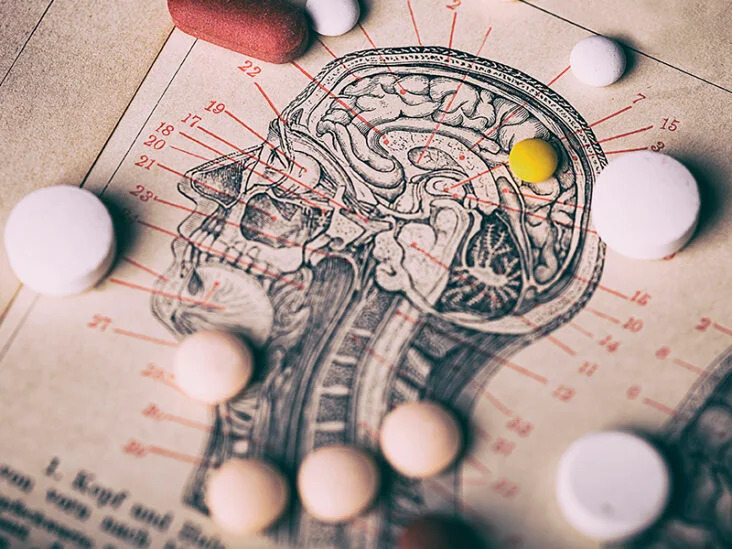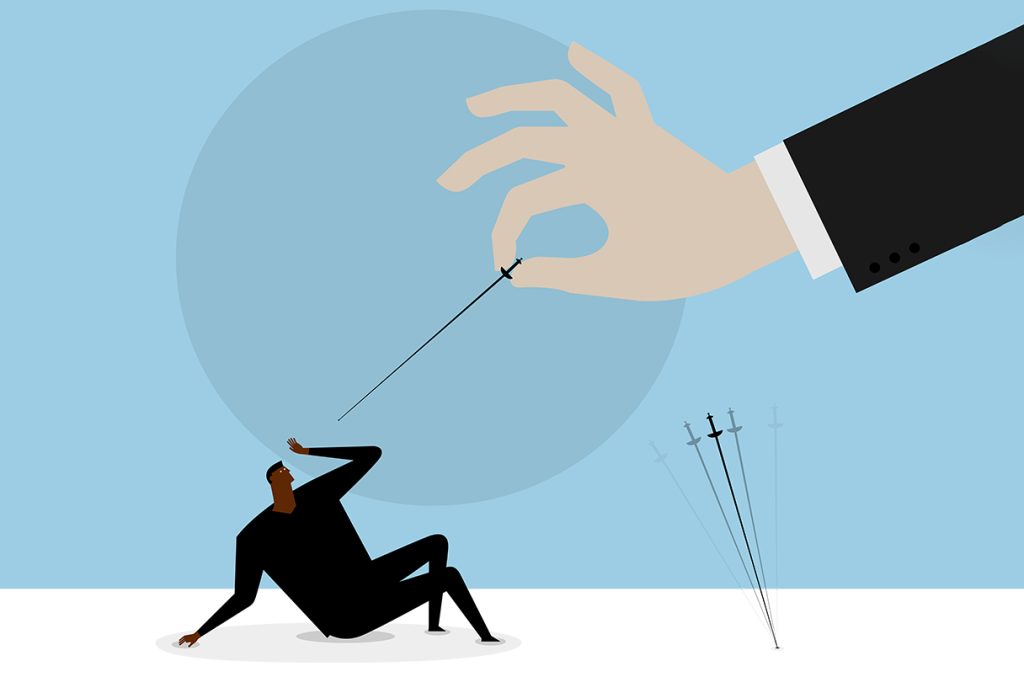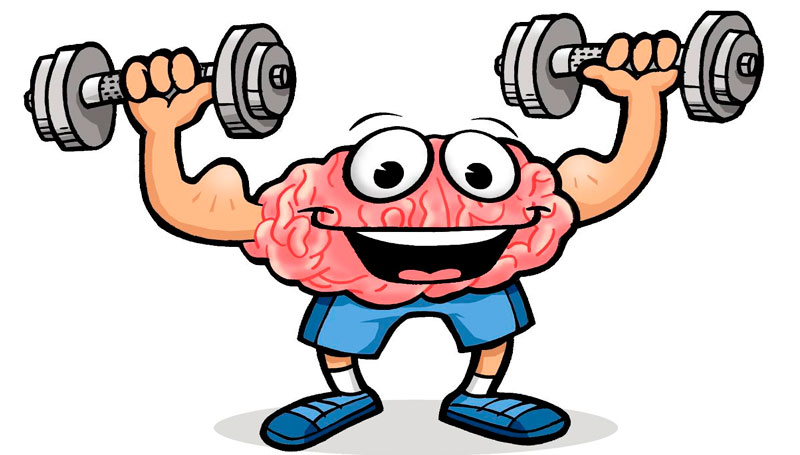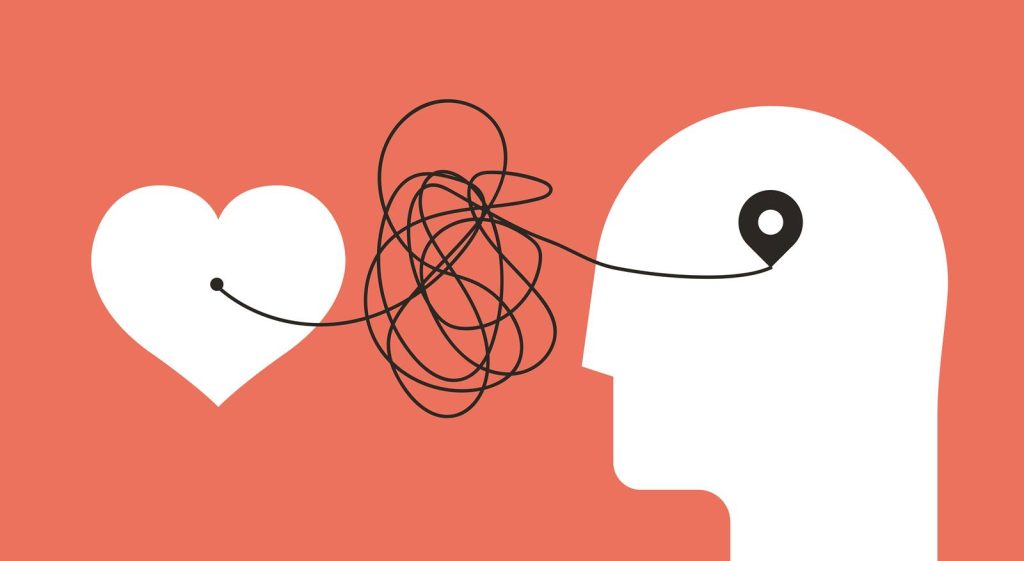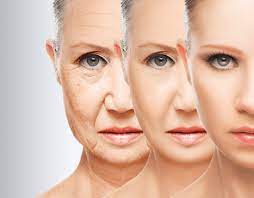Important note on dementia affected by music.
There is growing evidence that listening to music helps reduce anxiety and improve happiness in those who are living with dementia. What is it about music, though, that has such a strong impact on our brains? Does this effect last a long time, too?
You may have seen a video of an elderly person with dementia who, while not remembering their family members, starts playing the notes to a tune they used to know on the piano or violin, or who sways to the music while bringing back a flood of memories.
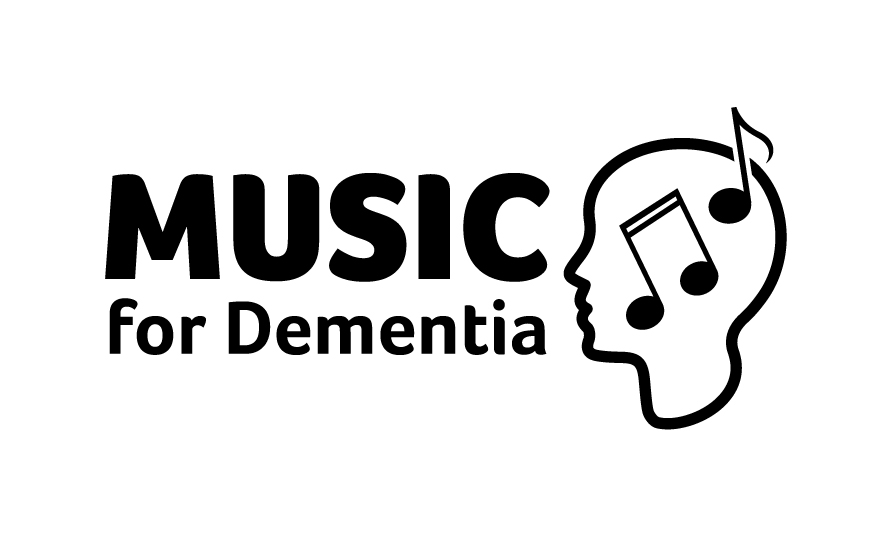
Many people’s questions concerning dementia, a neurological illness, are confused by this phenomenon. How can someone forget their kids’ names but recall something as difficult as a piece of classical music?
Our April podcast “In Conversation: Investigating the Power of Music for Dementia” set out to respond to of questions, including this one. Dr. Kelly Jakubowski, an assistant professor of music psychology at Durham University, and Beatie Wolfe, a musician, and spokesperson for the non-profit organization Music for Dementia, joined the discussion this month.
Health benefits of music
Music is a creative fusion of rhythm, harmony, and emotion expression, whether instrumental or lyrical. Its many health advantages have also been supported by numerous studies.
For instance, a 2013 study discovered that listening to music before stressful situations can assist the nervous system unwind and recover more quickly. In the same year, another study discovered that children in hospitals who were listening to music experienced less pain and anxiety.
In addition to its physiological advantages, research has shown that music has a good effect on cognitive health.
According to a recent study, persons between the ages of 62 and 78 may see a slower deterioration in cognitive function if they actively practice and listen to music. The ability of the brain to rewire itself, which is essential for learning and memory formation, was found to increase with participation in musical activities in particular parts of the brain.
In terms of actively learning music, a study from 2023 revealed that regular music training might offer the brain considerable functional advantages and help keep it young.
These findings suggest that music therapy may be an effective method for treating dementia, a condition that is characterized by a variety of symptoms, including memory loss and issues with thinking, language, and problem-solving.
Being in complete silence
However, the absence of sound and music—silence—has an impact on our health that is at least as great as that of sound and music. Silence can be soothing and restorative, reducing brain wave frequency while also lowering blood pressure, according to a 2020 study.
In fact, studies have shown that excessive noise and loud sounds are harmful to cognitive health. According to a 2022 study, dementia may have a particular risk factor for people who are exposed to loud noises regularly, such as noisy traffic.
Beatie, one of our guests, talked about her experiences recording her “Raw Space” album in the Bell Labs anechoic chamber, which was the world’s quietest room, and how it affected her.
“It was one of the most life-changing events I believe I’ve ever had, and I keep going back to it. Even now, it seems to have almost gained relevance. We are being barraged from every direction with social media and notifications, and all of these things that are hitting us are kind of frazzling us, as the world has simply become noisier, both literally in terms of sound as well as information, she added.
The engineers usually had to take breaks because it was so intense, but I was assured that I’d be able to stay in there for about 15 minutes since you can hear your blood racing through your veins. I ended up working for at least 100 hours, she claimed.
Recognising songs over names
Dr. Guite brought up the issue of persons with dementia remembering song lyrics but not their own children’s names and emphasized repetition and how music can simultaneously activate several brain regions and networks.
We’ve spoken about how music affects the brain globally, but the repeating of a child’s name occurs throughout a lifetime, whereas a song may only be played once a month or once a year. She questioned, “How can we explain that?
According to Dr. Jakubowski, procedural memory is related to the capacity to fill in the words of songs.
The ability to remember motor sequences, such as how to ride a bike, is an example of procedural memory, correct? People still have this kind of memory for the motor sequence of singing along to lyrics even though they may not have this kind of semantic memory for names and locations, she explained. This is likely because they have sung along to that song many times before, or at least have done so in their minds many times.
She said that the brain might preserve some of this form of memory, which might help to explain why some people with dementia are still able to sing along or play an old song on an instrument.
If a person had previously played the piano, they frequently could still play those well-known compositions rather late in the condition, according to the expert.
Observing how music affects dementia
In 2014, Beatie started a study called “The Power of Music” in a chain of care facilities run by the Priory Group in the UK.
The video and photos from that encounter make it clear how the dementia patients in such care homes begin to tap their feet, clap their hands, and sing along—some with their eyes gleaming.
She explained to us how it all began after she performed original English songs in a Portuguese elderly home. “In the case of my father-in-law, I was going to play just for him, but I wound up playing to this whole ward of about 100 people with dementia and Alzheimer’s, who were all sitting around the table listening to me play,”
Except for this relative, none of them were fluent in English. And I was playing brand-new English tunes that they had no prior familiarity with. People were clapping, waking up, and singing along as much as they could, she continued.
Beatie was inspired by this to investigate the claim that music, whether you were familiar with it or not, had strong emotional effects. She was motivated by the neuroscientist Oliver Sacks, who wrote in his book Musicophilia that music appreciation was not necessary for its influence.
One particular song’s impact on the audience stood out when she performed original songs for residents of care homes in the U.K.
How long does music have an impact?
Dr. Jakubowski pointed out that while the acute health benefits of music are pretty clear, sustained exposure is required to discuss long-term benefits.
“You can’t anticipate that listening to music will always be beneficial years from now just because you listened to one song three years ago. It is more advantageous to engage with music more frequently than to hear it once and then never again”, according to her.
She also emphasized the different ways in which listeners might interact with music.
“Even listening to recorded music regularly offers long-term advantages for people with dementia—reducing agitation, decreasing apathy, boosting mood, occasionally enhancing [a] feeling of identity, etc. So, in my opinion, there are various ways to interact with music,” she said.
REFERENCES:
- https://www.everydayhealth.com/alzheimers-disease/the-power-of-music-therapy-for-alzheimers-and-dementia-care/
- https://www.ageuk.org.uk/information-advice/health-wellbeing/conditions-illnesses/dementia/dementia-and-music/
- https://www.medicalnewstoday.com/articles/in-conversation-investigating-the-power-of-music-for-dementia
For Dimentia medications that have been suggested by doctors worldwide are available here https://mygenericpharmacy.com/index.php?therapy=31

